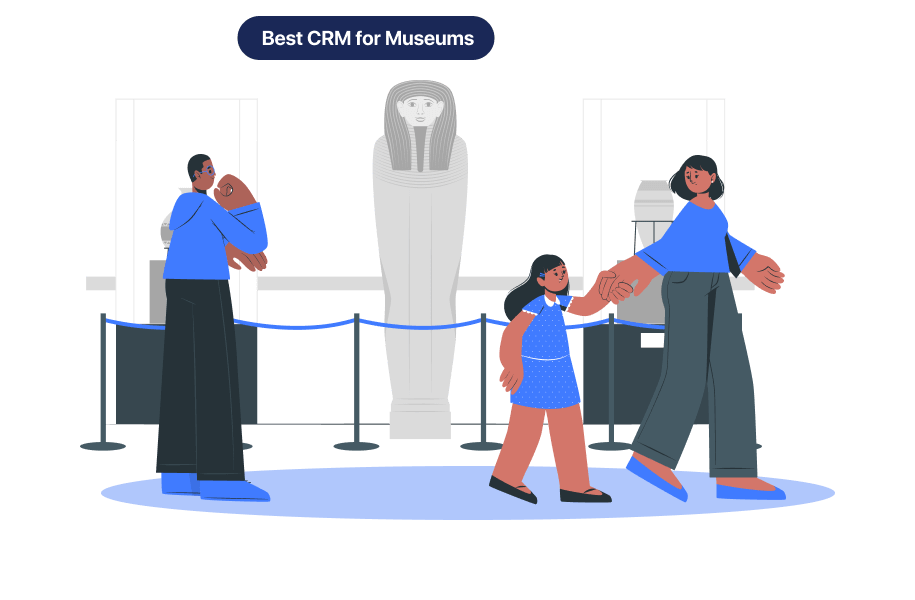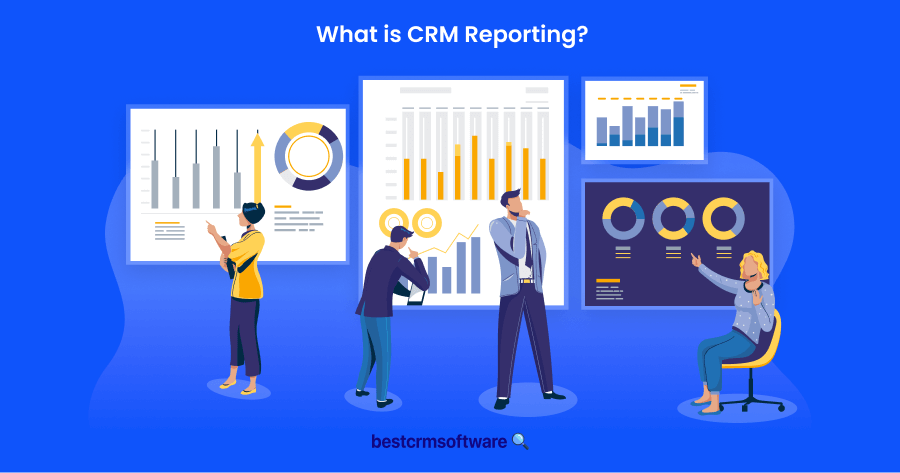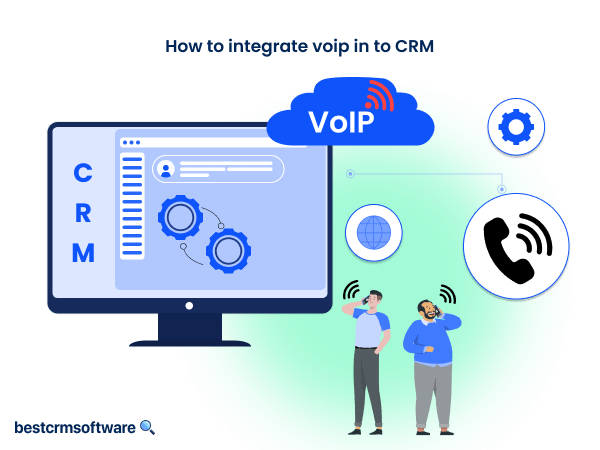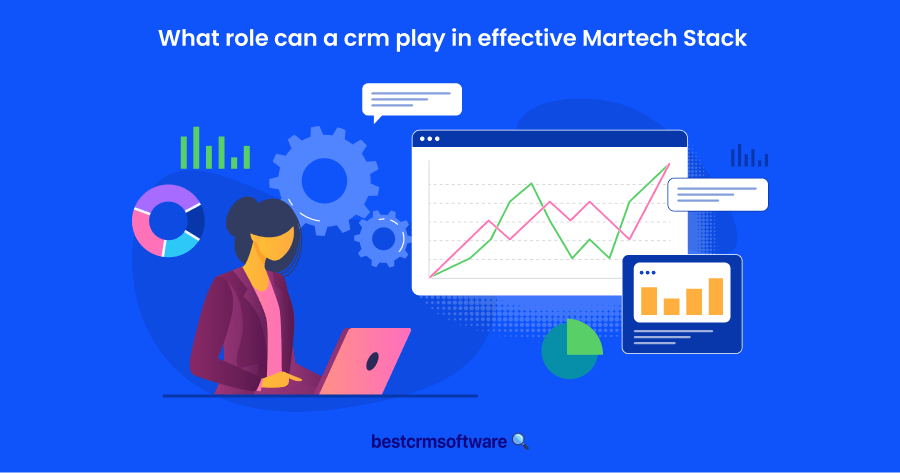
Best CRM Software for Museums
5 Best CRM Software for Museums Shortlist
I’ve tried many CRMs, and not all of them are equal. This experience allows me to show you a selection of the best software and a review of them. Below, find out why these are the 5 CRM software I recommend.
1.Smartsheet — Best for task automation
2.Celoxis — Best CRM software for collaboration
3.Wrike — Best free CRM software using AI
4.ClickUp — Best CRM software to unify all your accounts
5.Hub Planner — Best integration and built-in resource management
You’ve accomplished your dream, you have a museum up and running, and you’re ready to show the world some incredible art the Louvre wouldn’t dare to show. Yet, attendance isn’t as it should be. The grand opening was a sight to behold, but now it feels more like a deserted saloon as tumbleweeds roll by.
I absolutely get the feeling. It’s a situation anyone can experience (I have!), but it’s not worth beating yourself down over. Especially since there are solutions to improve the situation, of course, most will depend on the specific place. Still, there’s one objective improvement, and that is choosing the right CRM software to find your audience, keep them coming back, and manage accounts.
Don’t worry—I know what you’re thinking: “What on Earth is a CRM?” We people in the artistic sector tend to overlook technology, but you’ll see it’s very simple and useful. I’ll present you with five pieces of software to show you the benefits.
Why Museums Need CRM Software
Even though museums are all about giving access to culture, it still operates like any other business in many regards. You need to sell entry tickets, you need to have some sort of social communication, and ads in place to promote the place. It’ll pay the bills, and allow keeping the art in good condition (which can get quite expensive, I know!).
The world has evolved, and just existing isn’t enough anymore, especially when people are hooked on TikTok reels. CRM software can help you gain insights into who your visitors are and what they like about your art. For instance, it can help you see a spike when you communicate about a new artist introducing his art at your place. It can analyze various data, such as your social media insights, and correlate it with sales and reservations.
Top 5 CRM Systems for Museums

Why I like it
Smartsheet is the leader of the CRM industry, with the best companies in the world using the service, and it’s easy to understand why. The platform is well-thought-out, with clear visuals and modern features to monitor every aspect of a business. It’s also versatile, letting you set goals for your team and use powerful tools to create visuals.
What it brings to museums
Working in a museum means limited resources and usually not being particularly interested in spreadsheets. Since hiring a tech wizard is expensive, you’ll have to do it yourself. In most cases, it results in old folders collecting dust and losing precious information to the sands of time.
Smartsheet is incredible for a museum because it can help you automate many tasks you don’t have the time or resources to handle. It’s easy to set up, and it runs the way you ask. When it’s time to handle tax declarations and such, all data can be found in a single place.
It can also be used on a day-to-day basis to give goals to your colleagues and manage your social media impact all in one place. The possibility of syncing all the tools we use daily in a single place is truly what makes it the most convenient, in my personal experience.
Pros
- Powerful automation tools
- Visually straightforward and easy to use
- Collect information using web forms
- Social media content creation simplified
Cons
- Advanced features like real-time management are only free with the highest tier
- It may frustrate advanced Excel users
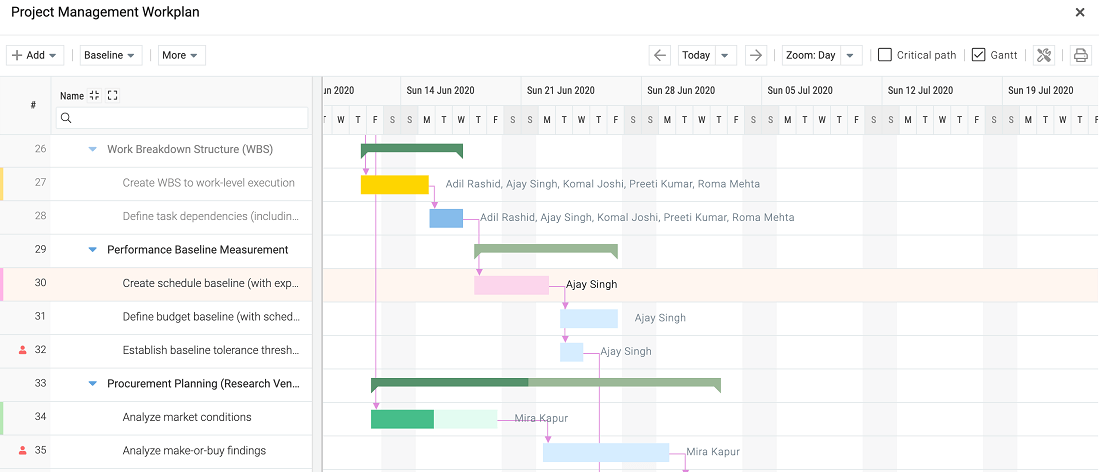
Why I Like It
Celoxis is a CRM I quite enjoy for the simplest of reasons: it’s easy to use and set up and offers one of the best values on the market. The number of tools you get for $25 is hard to match, and if that’s not enough, you can even create custom workflow apps adapting to your specific needs.
What it brings to museums
Planning a project and seeing it through every step of the way is critical for a museum, and Celoxis allows just that with its project planning feature. The feature is entirely customizable, which is precisely what we’re looking for since each project is unique and has vastly different priorities.
Celoxis also works great for collaborative projects. You can easily work with your colleagues, but you can also have a client portal so that people outside the museum organization can work with you without hassle.
Pros
- Price-to-value ratio
- An astounding number of tools available
- Custom workflow apps
- Easy-to-use
Cons
- Limited space per user
- No free version

Why I like It
Wrike can be used for free. However, it has a lot of other features to offer, like the smart alerts system and the AI. Wrike can send you alerts when a project is missing important deadlines or not meeting expectations, while the AI dramatically improves the workflow.
What it brings to museums
You can create a spreadsheet, a Kanban board, or a chart to overview your project. Each option will work best depending on your goals and preferences. It can let you monitor the progress of your tasks and lets people communicate on the project effortlessly.
Wrike also features a smart alert system, letting you know when the project is at risk of falling behind or not meeting set expectations. Moreover, it now features AI.
Pros
- You can use it for free
- Unlimited projects, even in free mode
- Smart alerts system
- AI-enhanced workflow
Cons
- Only 2GB of server space for the whole account
- You have to contact Wrike for industry-custom plans

Why I Like It
What if you could have all relevant links in one space? That’s what I love about Click Up; I don’t need to trust my Chrome navigator for hundreds of passwords; I just need to connect to Click Up.
It’s the best way to have every team member on the same page and actually get stuff done! Also, the way you can organize and get an overview of the tasks ahead is simply natural, even on the app.
What it brings to museums
A museum is a place of life, and as such all team members are constantly moving, you can’t really spend a full day behind the desk. It’s the reason why Click Up proves super useful. You can install the app on your smart device and on work tablets and computers, allowing everyone to be available quickly.
Our tasks are often time-sensitive, and it’s problematic to have someone not being able to complete a task or be made aware of an issue because of another ongoing task. Let’s add the AI system, which can summarize your daily tasks.
Pros
- Unifying all work apps into one
- Organizing tasks is visual and easy
- Incredible app version
- AI tasks summaries
Cons
- AI package is an additional $5
- API support is reserved for the Enterprise plan

Why I like it
I can’t get enough of Hub Planner’s schedule system and various built-in collaborative tools. They can integrate seamlessly with your other work tools and often prove more intuitive. You also get insights into your team’s performances, which is always valuable.
What It Brings to Museums
As a project manager in the art department, you’re no stranger to hazy schedules and how they can impact your project. Hub Planner lets you monitor your team’s schedule, and not only does it tell you how they perform, but it can also help you tailor it to their needs with smart scheduling.
It’s essential if someone is slacking or overperforming, as you can adapt their hours to what they can produce and keep everything running smoothly. Hub Planner also integrates nicely with other apps and offers in-depth resource management features to stay on top of your project.
Pros
- Robust schedule system
- Smooth third-party integration
- Team performance insights
- In-depth resource management
Cons
- A lot to learn for newcomers
- Smart schedules are reserved for the highest subscription tier
Criteria for Selecting the Best CRM for Museums
Choosing a CRM involves objective criteria to consider, and all must be present for the CRM to even be considered and before paying for anything.
Accessibility
We value tools we can easily use without having to go too deep. Having more tools isn’t always better if we don’t have a practical use for them, so paying the highest price isn’t always mandatory for a museum.
Scalability
Scalability is super important for CRM software because you may start with a small venue and two employees, but there’s no telling where you can go from there.
Thus, it’s essential for the CRM to be able to match your growth and accompany you as you become a more significant cultural space in your community. For museums, it’s not only about more sales volume; it’s also about adapting to rapid and ever-evolving needs.
Security
The CRM you’ll use will have to host sensitive data. Naturally, to protect it, it’s vital to have CRM software up to the latest security standards and allowing you to secure every account accessing the platform. We value data protection in our recommendations.
CRM Software Provide Tools to Keep Art Alive
Art needs money to keep our museums alive. Museums are a business promoting art for the sake of culture, but it still must adapt to new ways. CRM software offers modern solutions to keep your institution running and allow you to create life changing projects for artists, visitors, and art lovers!

